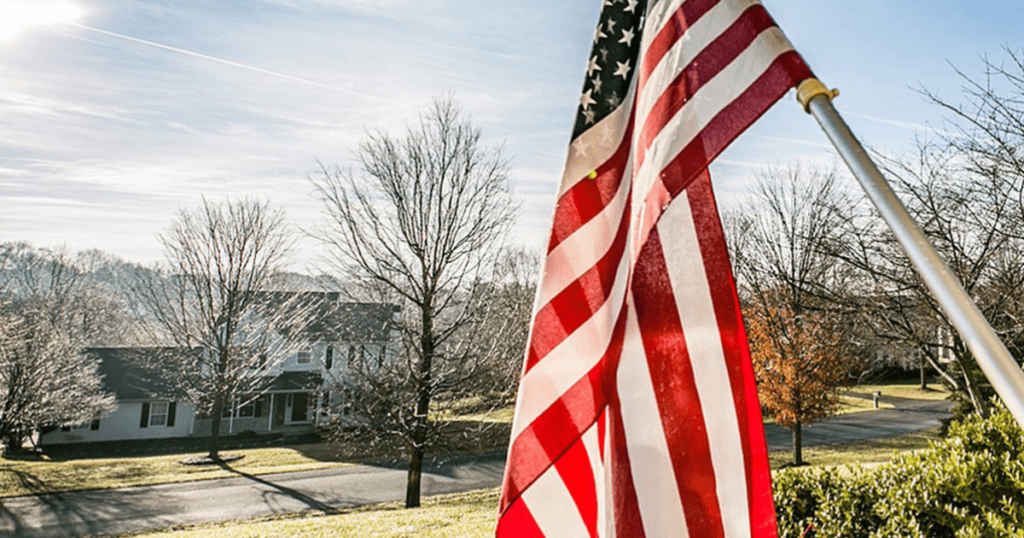Now that it seems like cooler temperatures and rising utility costs are here to stay, what could you or should you be doing to help winterize your home? Below are 10 suggestions on how to stay warm and make sure your house isn’t costing you extra dollars to run efficiently.
1. HVAC
Some would argue that one of the most crucial systems to winterize is your heating, ventilation, and air conditioning (HVAC) system. From hiring a professional technician to do a preventative maintenance screening to a simpler task of replacing all of your air filters, you want to be sure that your primary heating source is free from any buildup and will serve you well all winter.
2. Pipes
Another vital home system that is particularly vulnerable to the cold, freezing temperatures of winter is a home’s pipes. When winterizing make sure that all outdoor hoses and sprinklers are disconnected. Run simple tests to check for any pipe blockages as these are the primary culprits for frozen or busted pipes. Not only can blocked pipes, broken valves or joints cause a huge mess, they also can be a considerable expense to repair or replace after the damage is done.
3. Chimney
Next, whether you have a wood-burning fireplace or a gas-operated one, making sure your chimney and all of its parts are in working order is a must as the seasons change. If your chimney is without a chimney balloon, consider adding one to help minimize heat loss in your home. However, most of the time, chimney inspection needs to be done by a licensed professional. Additionally, a pro will be able to determine if there are any needed repairs or issues that may increase a house fire risk.
4. Trees
It’s true that in warmer months, your trees near the house could provide some needed shade, but in the winter, overgrown trees or heavy limbs could be a detriment. Make sure when it comes to winterizing your home, you walk the perimeter of your property to ensure that there are no dead trees that need total removal or any oversized limbs that, should they become encumbered with ice or snow, pose a risk of breaking off and damaging your home.
5. Hot Water Heater
Throughout other seasons during the year, your water heater could be prone to having sediment settle in it. Before winter comes, be sure to flush out your hot water heater or boiler system. By flushing the drain valve, your hot water heater will be rid of the sediment and other particles and therefore run more efficiently.
6. Roof Shingles + Gutters
With the potential for snow or melted ice on your roof during winter, it is essential that you (or a trained professional if your roof is particularly tricky or steeply pitched), check the top of your house for any missing or loose shingles. Replacing these could prevent any interior leeks due to frigid temperatures and subsequent dripping water. Additionally, having clear gutters free of autumn’s fallen leaves or any debris will allow melting snow or ice the opportunity to be free-flowing away from your home’s exterior.
7. Windows and Doors
There are a variety of winterizing solutions available to you for helping to protect your home’s windows and doors. One of the most frustrating hidden costs to heating your home in the winter is the wasted heat that seeps out of poorly insulated or sealed doors and windows. Whether you choose to add an extra layer of insulation, caulking, weather stripping, or replace them altogether with storm windows and storm doors, you are likely to recoup your expenses with savings in energy costs.
8. Insulation
Speaking of insulation, windows and doors aren’t the only places in the home you should inspect. If your home has an attic, now is a good time to make sure there is adequate insulation up there to absorb the rising heat in your home instead of allowing it to escape and dissipate. Without proper attic insulation, your HVAC will be working extra hard to heat and maintain warm temperatures in your home.
9. Smart Devices + Detection Safety
These days, nearly all home safety detection can be done through a smart device or app. From water leaks, to smoke, and carbon monoxide detection be sure you have a system in place to not only alert you if there is an issue, but also have a plan in place to have such problems fixed quickly and effectively. Beyond detection, homes these days have so many options to use an app to regulate your home’s temperature and lighting usage to maximize efficiency and cost.
10. Audit Utility Usage
Finally, one of the best practices you can do for helping to winterize your home is to log into each of your home’s utility service accounts. Take a look at your usage trends, particularly in the winter months. If you are seeing a crazy spike in usage or something seems off, there may be a leak or problem to address. And if you are simply wanting to manage your usage for economic reasons, having an audit of your gas, electric, water, and sewer bills may help you keep the lights turned low, decide a quick shower is better than a long, hot soak in the tub, or happily adding a blanket to your bed or a sweatshirt to your pajama wardrobe to avoid bumping the thermostat up a few degrees to make the house warm and toasty.



